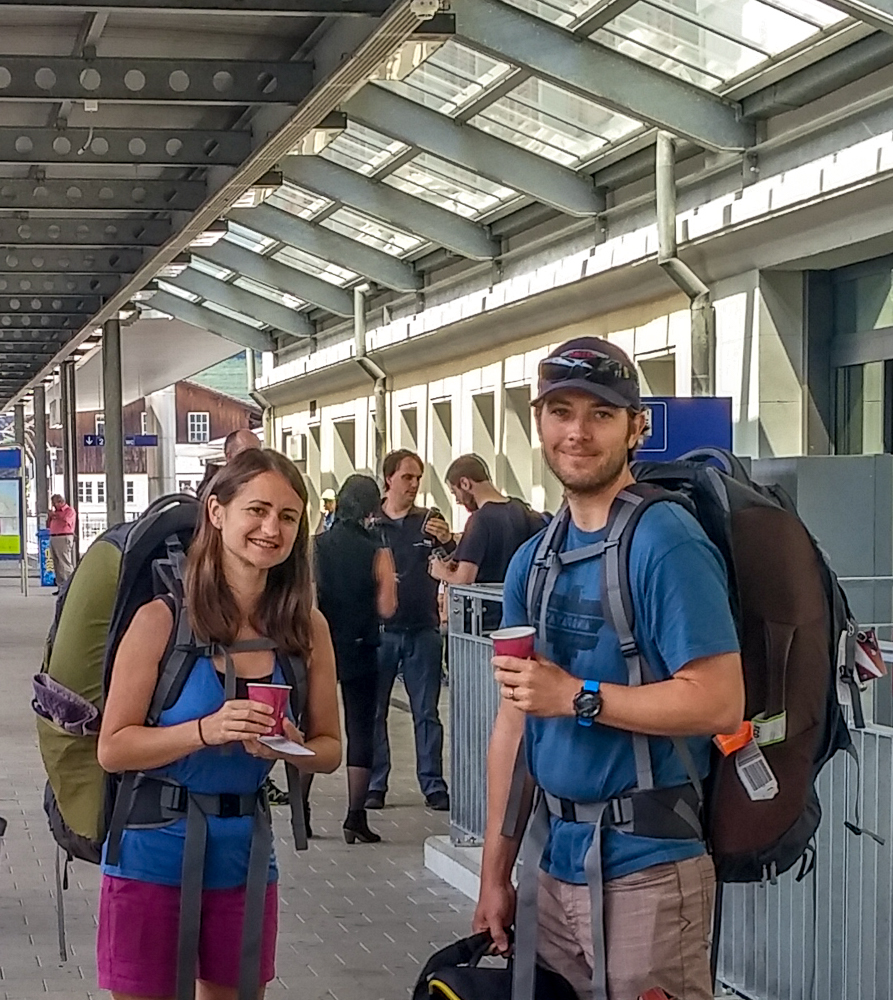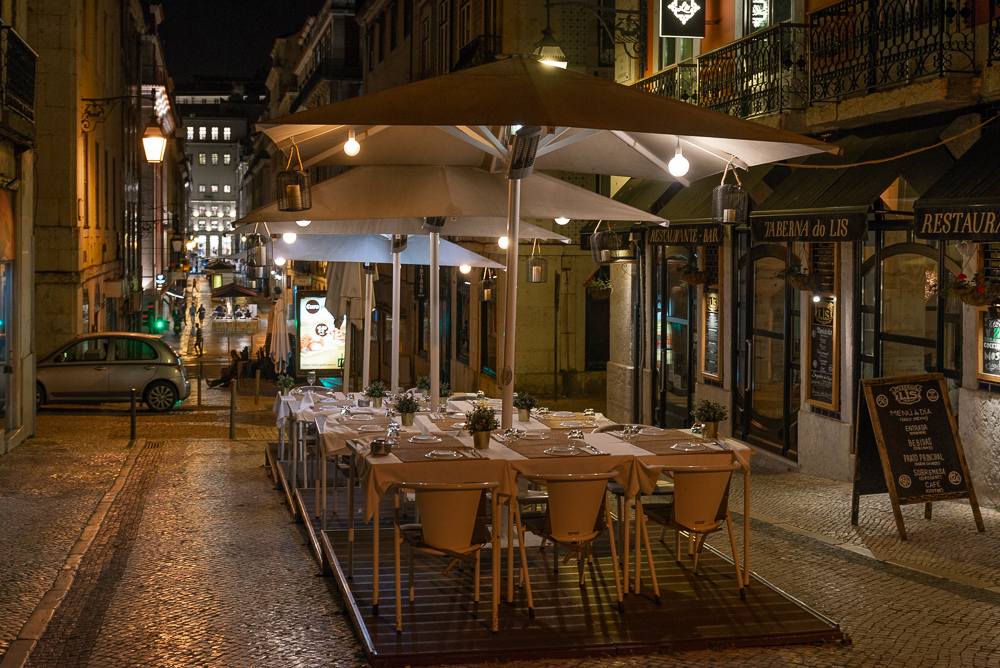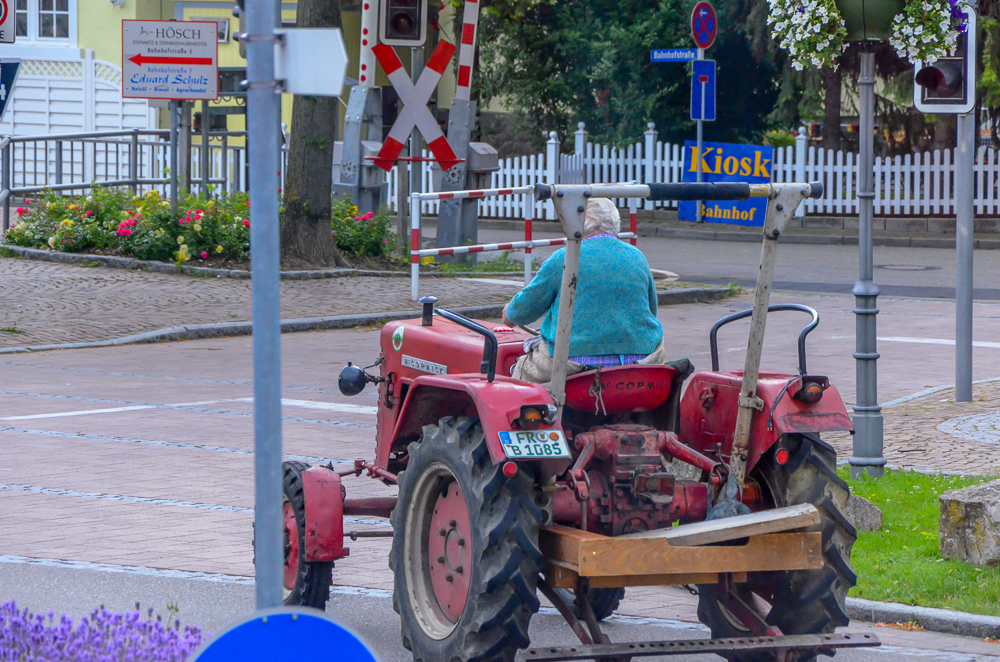
Rushing here to see that . . . snapping a quick pic for FB . . . then off to the next place . . . all the while trying to ignore the jet lag . . . These are just a few of the 7 things we learned on our Recent Trip to Europe. They are the most common occurrences of overseas travelers on a usually expensive international vacation.
Why do we do this? What unspoken rule says we need to keep the same frantic pace as what we have at home?
There are better ways to travel! Because it’s much more enjoyable and memorable if you don’t rush to see as much as you can!

So how do we limit these fun but potentially chaotic travel itineraries? It starts with a little planning and consciously looking for the best ways to make our trip go smoothly. Because there will be a few glitches along the way, just as is any worthwhile experience.
But on our recent European trek, we found a few more ways to help you to be more prepared when these travel stressors happen!
Tip #1: See less, not more. For example, if you have one or two weeks for vacation, make plans to visit one country — or maybe two. This allows more time to really get to know your destination city. Time permitting, rent a car or take a couple day trips to see the surrounding countryside, too. This is a more relaxed way to experience a world-class European city. But, most importantly, you’ll remember details about your photographs – like where they were taken!

Tip #2: European regional airline tickets aren’t as cheap as they may appear! Although we hear how regional airline tickets are less expensive when getting around in Europe, the bag fees are killers! On our most recent trip, we flew from London, England to Malaga, Spain and one of the regional airlines charged us €90 for each of our two bags. To put that into perspective, the €180 bag fees were more than double what both of our airline tickets cost for that flight! Just one more reason to limit the number of places you’re planning to visit and to travel with as little luggage as possible.

Tip #3: Which brings me to my next point: Pack light! Europe has not caught up with the US when it comes to making it easy for people with luggage to get around. That means if you’re traveling around a lot during your trip, you’ll be carrying your bags in places that you ordinarily would be in the US. For example, larger hotels will have elevators, but Airbnb’s and boutique hotels will probably not. So, it will be up to you to carry them up and down the stairs. That’s the same with subways and trains, which typically have lots of steps and no escalators or elevators. Even when you’re not doing lots of stairs, the sidewalks (if they exist) are often bumpy, narrow, and crowded. So, it’s not really convenient to be dragging suitcases around.
Tip #4: Pack fewer clothes and more shoes! Lots of places we’ve stayed in have clothes washers and drying racks, so you won’t need to take as many clothes. Shoes, however, can make or break your vacation plans! You don’t want blisters, or if it rains, you don’t want to be stuck wearing wet shoes because you didn’t bring another suitable pair. That’s why we take three pair – one pair of athletic shoes and two pairs for walking and sightseeing.
Tip #5: Have an extra bag that folds neatly in your suitcase just in case you run out of room. Although we rarely purchase souvenirs except for something small like a collector’s spoon, it’s nice to have an extra bag that can be used as a carry-on if we need it. Plus, we found that the regional airlines are really getting to be sticklers on weight limitations. Some of them even weigh each piece of carry-on pieces as people board the plane. So, if your backpack or carry-on weighs too much, take out some of the contents and put them into the handy-dandy foldable bag which can then be checked, if necessary.
Tip #6: Travel at the beginning or the end of the tourist season, if possible. When we were in the tiny whitewashed hill towns of Andalucía, Spain, it would have been very difficult to enjoy the experience as much as we did if we had visited during the summer months because of the hot weather, tourist-clogged roadways, and limited parking.

Tip #7: Keep an open mind. Every country is unique, with different traditions, cuisine, and traditions. Things that are considered difficult or offensive to Americans might be typical for people in other countries. An example might be to see an older German woman (probably at least in her late 80s) driving a tractor because she still works in the fields. Or children honing their marketing skills in Costa Rica. Or, another example from our current trip was when we visited a centuries-old bullfighting ring in Ronda, Spain. We’re certainly not into bullfighting, but this ring is still operational several times a year.

There are a multitude of ways that other cultures are different from what you and I know in our own little world, and that’s what makes travel so fascinating!

“The world is a book and those who do not travel read only one page.” – St. Augustine
Follow us on social media!
Love the tips. Thanks